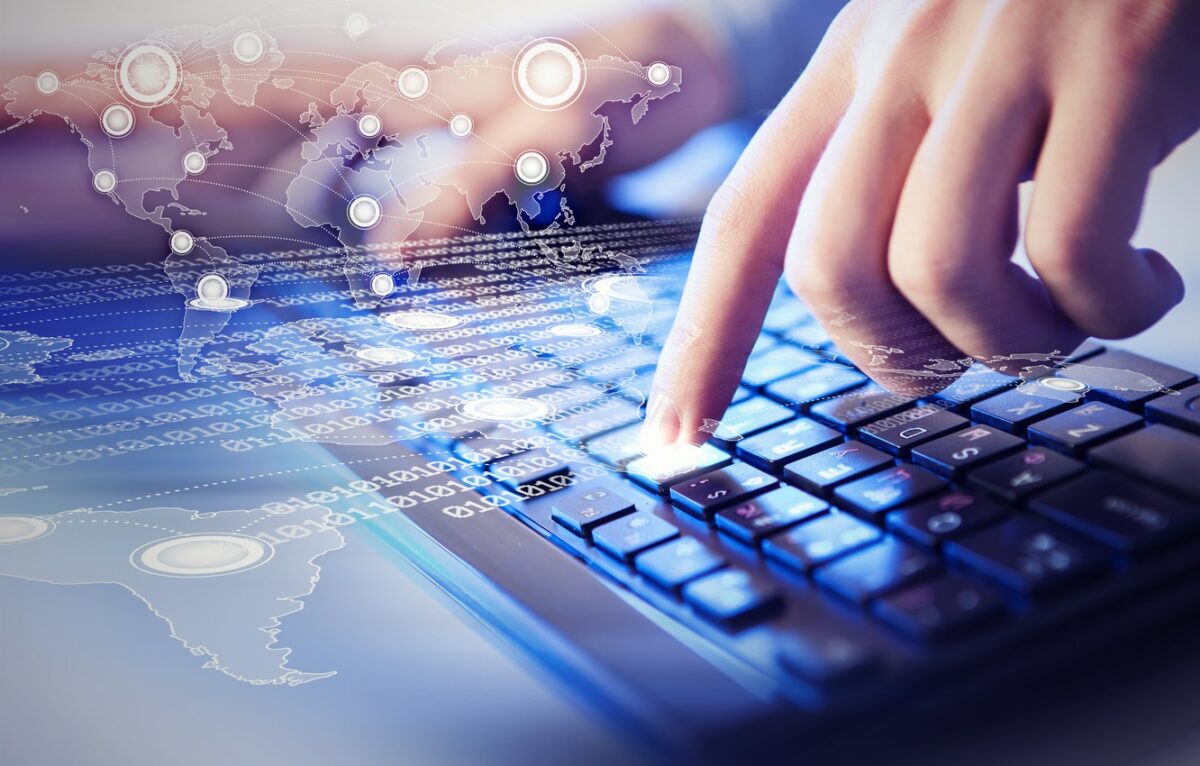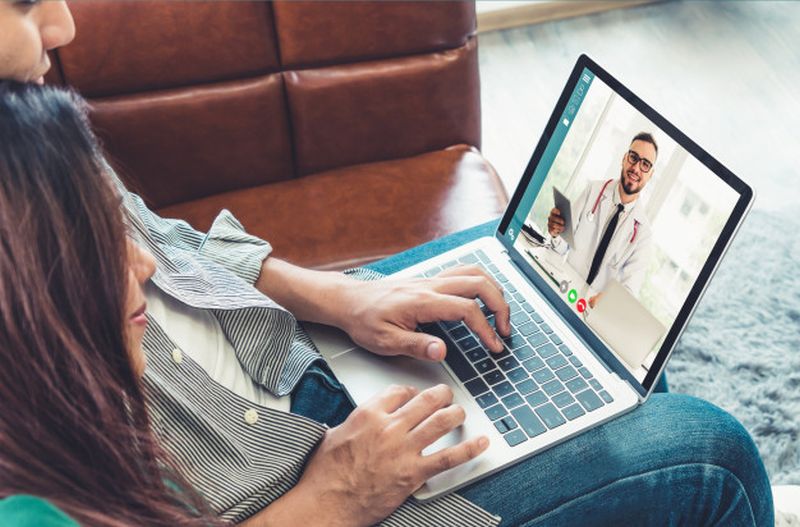
The COVID-19 pandemic has changed a lot about life in 2024. You’re probably staying home more, wearing a mask when you go out, and generally keeping your distance from others. The pandemic has also changed much about the way we use technology, including working from home, attending doctor appointments remotely, and relying more on apps to do things like order food and keep in touch with friends.
While the pandemic will pass, these technological changes are likely to remain even after the crisis has ended. A variety of observers like Fast Company, the World Economic Forum, and the software development experts at BairesDev agree that, as a result of changes arising from necessity during the pandemic, things like telehealth, robots, and working from home are here to stay.
Digitization for All

As a result of the accelerated need for technology to perform every-day tasks, those who have resisted it may find themselves in a bit of a pickle. According to Kiplinger, “Even more of daily life will take place online as businesses and consumers increasingly adopt online banking, video conferencing, remote education, video calls, ecommerce, and more.”
One example is digital payments, which have become more popular because people don’t want to handle cash, which could carry the virus. Contactless payment methods include cards and e-wallets, which, according to the World Economic Forum, “enable people to make online purchases and payments of goods, services, and even utility payments.”
Because they don’t have much choice, those who may have been reluctant to use such services are now forced to do so. Households that don’t have internet service are now getting it. And those who have been early adopters of digital technology all along are deepening their commitment to their favorite devices and applications. The services people are getting to know (or know better) now will continue to be important post-pandemic.
Boost in Telehealth

If you’ve seen a doctor lately — whether for COVID-19 or unrelated issues — you may have noticed a difference in how these services are delivered, including a lot more telehealth sessions, the use of internet-connected devices to help your doctors track your progress, or the use of chatbots to make initial diagnoses based on your symptoms.
This type of remote healthcare delivery is useful during the pandemic for two reasons. First, it helps to prevent the spread of the virus between patients, staff, and doctors. Second, having patients stay at home if they can allow for physical spaces, such as hospital beds, to be available for those who really need them.
Because telehealth enables additional benefits, such as being convenient for those with limited mobility, it will continue to grow in popularity even when it’s once again safe for people to be in close proximity.
Remote Work Innovations

As employers and employees grow accustomed to remote work arrangements, they’ll become more common. As a result, software development companies will take the lead in creating productivity tools to meet new demands. Meanwhile, existing tools, like videoconferencing and collaboration applications will become more normal.
Technology will also step in to resolve some of the biggest remote work challenges, such as privacy, security, loneliness, and reduced work-life balance. Not only working but also hiring will be affected by these developments.
Robots on the Move

According to IEEE Spectrum, “Due to the COVID-19 pandemic, the trend toward increased use of robotics and telemedicine in healthcare is accelerating.” During this time, robots have been especially beneficial in hospitals, performing simple tasks like cleaning and disinfecting rooms, delivering food, dispensing medication, and monitoring patients.
But that’s not all they can do. Robots can provide an extension for telehealth appointments by checking patient vitals and drawing blood. They can help recovering patients with home tasks, assist in medical procedures, and perform doctor-directed surgery. Microrobots can even aid in disease detection and treatment.
For the healthcare industry and others, robots are no longer a futuristic fantasy. They’re currently helping with tasks in the agriculture, mining, manufacturing, automotive, and warehousing industries just to name a few. In agriculture, for example, robots can take over repetitive tasks normally performed by farmers, such as weeding, harvesting, and spraying chemicals. They can also work in greenhouses, monitoring plants, and controlling the climate.
A New View of the Tech Industry

Prior to the pandemic, the tech industry was facing a backlash, or “techlash” as some have called it. But, according to The Verge, big tech companies have been good corporate citizens in a number of ways. For example, “Where they had once been loath to intervene in matters of fact, suddenly Facebook and Twitter were prominently featuring links to high-quality information from the Centers for Disease Control and World Health Organization….”
Additionally, Big Tech has donated N95 masks as well as tens of millions of dollars to efforts to fight the pandemic. They have altered their apps to prioritize news about the virus and have pledged millions in grants to small businesses.
Prior to the pandemic, the public had plenty to complain about as Big Tech companies have done little to quell hate speech (Twitter), allowed disinformation (Facebook), and taken advantage of small businesses (Amazon). While their recent actions may not cancel out the many problems the public has with technology companies, these activities might be a good start.
In Summary
As we move past some of the more troubling aspects of the pandemic — including widespread illness, high unemployment, and the inability to be in close physical contact with friends and loved ones — we can look back and see that there have actually been some silver linings in this worldwide cloud. They include a slowing of climate change, time to pick up or resume hobbies or exercise routines, and the opportunity to spend quality time with family.
Another positive thing to come out of the pandemic is improvements in technology that, moving forward, will continue to make people’s lives healthier, happier, and more productive.
















